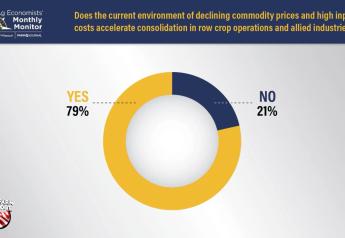Faust: There Are No Excuses For Not Having A Growth Board

We routinely ask CEO clients to share the most important pieces of advice that they have received and the decisions that have made the greatest difference in their lives and businesses. Building a board often figures into their answers. On the other hand, we see many companies with problems that could be avoided if an effective board were in place. Here are three explanations of how leaders fail to leverage this valuable tool.
1. We had a board before, and it was ineffective and a distraction. In almost every case we’ve seen, boards are ineffective because of two simple reasons: the wrong people are on the board, or the agendas, expectations, objectives and practices are the problem. It’s not having the board itself that’s the issue. We’ve reduced boards of six or more people down to three and realigned the focus from financial reviews (usually worthless) to strategy for accelerating growth.
We use our “40 Board Best Practices” checklist, our strategy concepts and our meeting management principles to keep the board focused on relevant strategy or tactics. With a much heavier emphasis on the later, results are improved.
Just because a concept didn’t work previously doesn’t reduce its validity. It likely means that it wasn’t executed effectively. Using a board balances power, establishes accountabilities and focuses a group of minds on strategy.
2. I know what I need to do to be successful, and a board will only slow me down as it takes too much time. No one knows his or her blind spots. Blind spots will cost you money—it’s not a matter of if but when. Leaders and CEOs without a self-correcting mechanism for both personal and organizational blind spots sacrifice a cover of protection that will always pay for itself over time.
As for the time investment, a couple of hours per quarter can be enough for a board to review core items. Meetings can be held with videoconferencing if physical gatherings are difficult to arrange. Board members also are usually accessible throughout the year for that quick question in situations where “in the counsel of many, there is wisdom.” Many big decisions can be finalized after investing a few minutes in calling a couple of board members a few times a year. Those few minutes have often saved a CEO a night’s sleep if not the company.
3. This is my company; I own 100% of it. Why would I ever submit to non-owners with no skin in the game? For owners with this mindset, we reason that putting at least a growth board in place will just plain make them more money. Better strategy begets better sales and margins and lower risks and exposures.
Over the long haul, business owners with growth boards can point to a seven- to 10-figure value that came from having those boards. This is a valuable tool that reduces risk, uses a proven growth lever and offers so much at a low investment of time and money.
To get the list of “40 Board Best Practices,” contact Mark Faust at (513) 621-8000 or mark@em1990.com.







